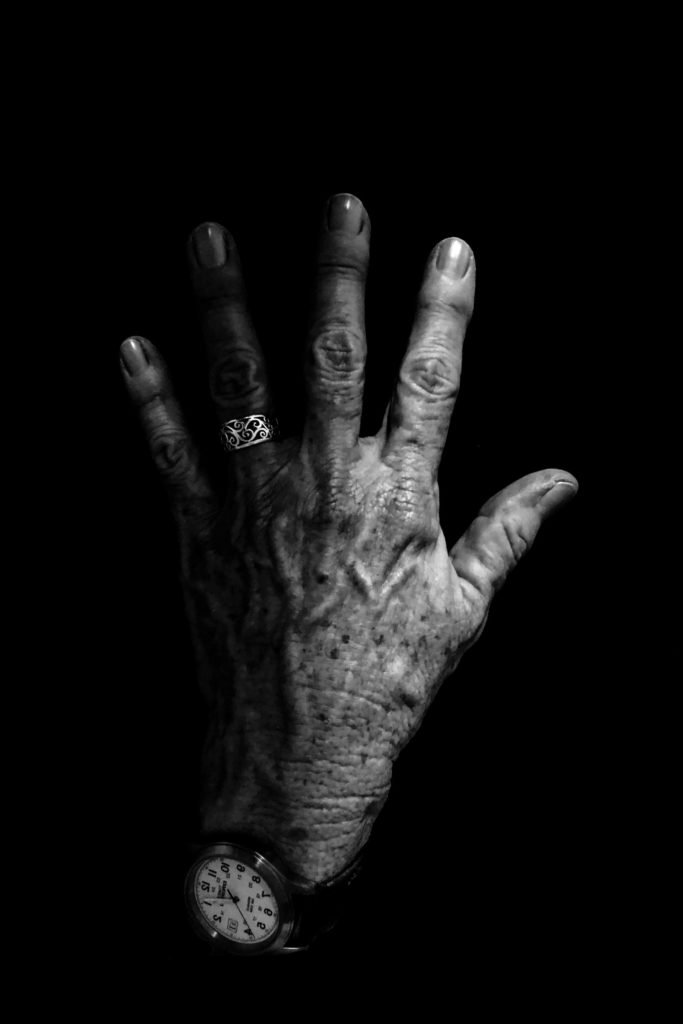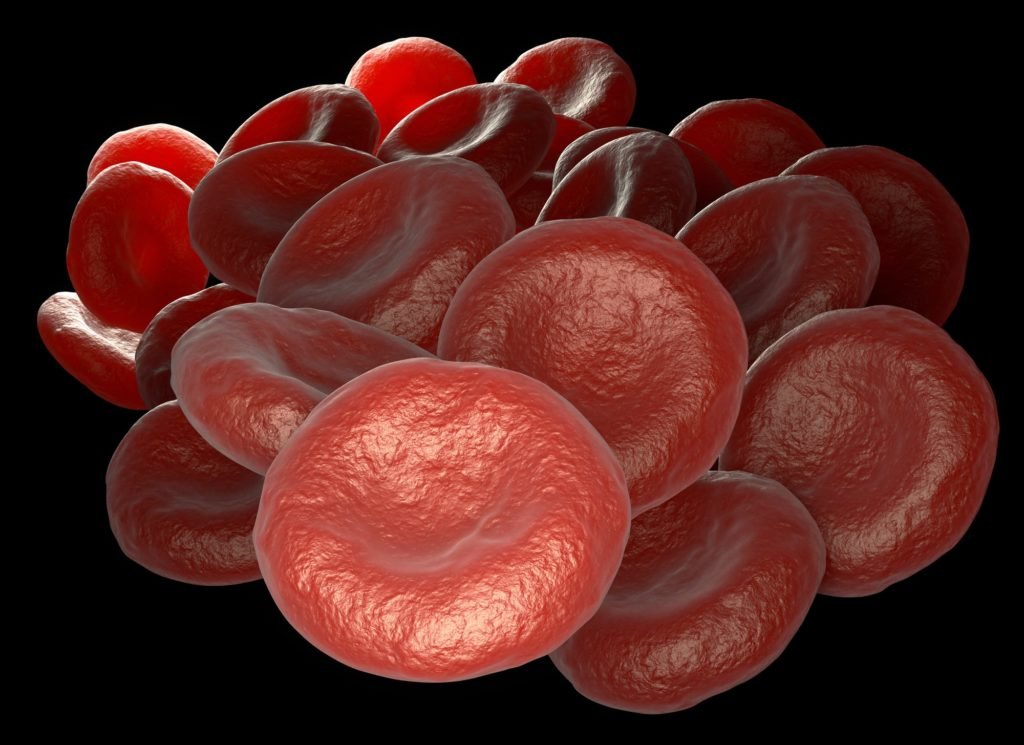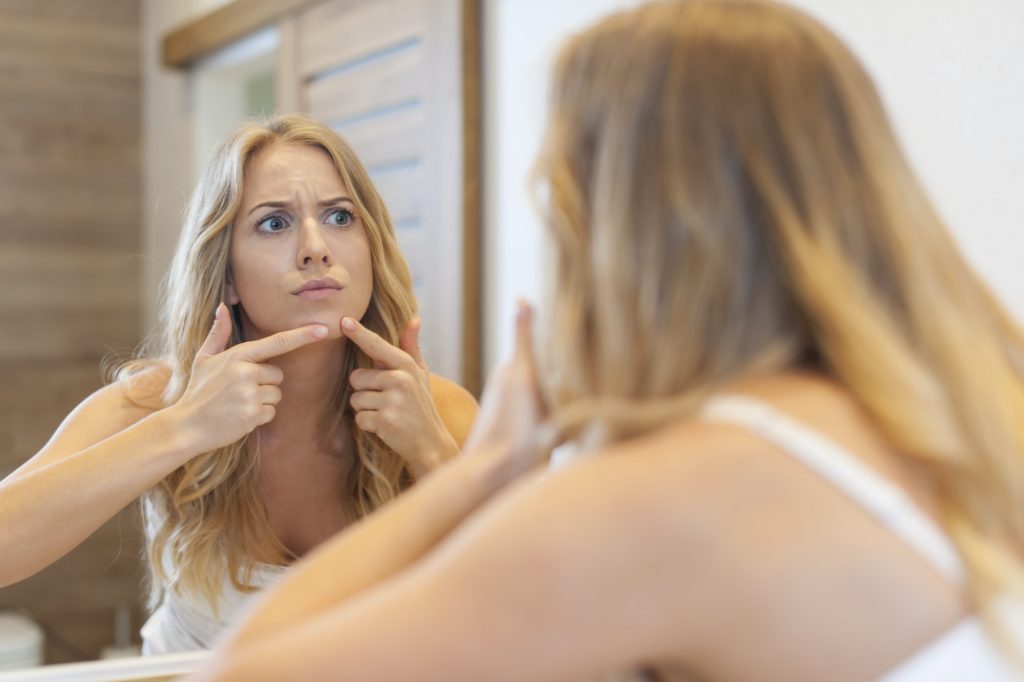Photodynamic Therapy
PHOTODYNAMIC THERAPY
Photodynamic therapy finds application in multiple branches of medicine, nonetheless dermatology definitively remains at the forefront. As much as its range of usage is considerably wide and versatile, in this article we will focus on its implementation in two of the most common skin conditions: acne and actinic keratosis.
WHAT IS PHOTODYNAMIC THERAPY?
Three things are needed in photodynamic therapy: a photosensitizer (such as Levulan® or Ameluz® ) , oxygen and a source of light. First, the area is prepared by degreasing and dermabrasion/curettage of thickened areas. Then, a light – absorbing photosensitizer is administered onto the affected area . Then, after the body converts the photosensitizer into its active form (~1 hour), the patient is exposed to light of a particular wavelength and color that can be easily optimized to their individual condition.
HOW DOES PHOTODYNAMIC THERAPY WORK?
After being applied, the photosensitizer compound is taken up by oil glands in the skin (useful for acne) as well as atypical cells on the skin surface (useful for actinic keratosis). Approximately one hour later, after its activation by the body, it is stimulated by a high intensity Blue or Red light. In combination with the oxygen present in the tissues, this reaction generates powerful reactive oxygen species that destroy atypical cells as well as the oil glands and bacteria causing acne. This also results in a “photorejuvenation” effect whereby skin texture can return to normal and dark marks may lighten.


WHAT KIND OF PHOTOSENSITIZERS ARE USED IN PHOTODYNAMIC THERAPY?
The vast majority of photosensitizing agents used in photodynamic therapy are made up of “levulinic acid” derivative. Levulinic acid is the first precursor to a compound called porphyrin, which is used by our bodies to create hemoglobin. Used topically, this compound preferentially affects target tissues, leaving untouched the normal surrounding skin. Because it is naturally occurring, the compound is non toxic and non allergenic.
DOES PHOTODYNAMIC THERAPY AFFECT THE HEALTHY TISSUES?
Studies unequivocally confirm that photodynamic therapy is no toxic to healthy tissue. Photosensitizers used during the treatment accumulate in the affected tissues both in a higher concentration as well as for significantly longer periods of time than in the healthy tissues.
"...this reaction generates powerful reactive oxygen species that destroy atypical cells as well as the oil glands and bacteria causing acne. This also results in a "photorejuvenation" effect whereby skin texture can return to normal and dark marks may lighten."
PHOTODYNAMIC THERAPY IN ACTINIC KERATOSIS
Actinic keratosis involves thick, scaly, precancerous lesions which often appear on the sun exposed skin. Photodynamic therapy has been shown to be effective, especially if the skin of the face and the head is affected. It is used in combination with dermabrasion and curettage at the date of the visit to increase its effect and decrease the number of treatments necessary. In this particular condition, one session is often enough, nevertheless it is sometimes repeated in order to gain additional benefit in patients with extensive sun exposure history. Pennsylvania Dermatology Specialists will come up with a personalized and efficacious strategy for the best results possible.
PHOTODYNAMIC THERAPY IN ACNE
Photodynamic therapy has been proven to be remarkably effective in the treatment of acne vulgaris. It mostly targets two crucial contributing factors of this condition: the inflammation – inducing overgrowth of bacteria Cutibacterium acnes (formerly known as Propionibacterium acnes) as well as the excessive sebum production. The mentioned pathogens naturally synthetize porphyrins thus are susceptible to the treatment. Similarly, it has been shown that the pilosebaceous units (consisting of the hair follicles and sebaceous glands) are greatly prone to the absorption of photosensitizer. As a result, acne lesions become less inflamed and new lesions are stopped in their tracks. In most cases, one therapy session lasts about 15 minutes and is repeated every 2-4 weeks. Pennsylvania Dermatology Specialists will assess the best photodynamic therapy parameters in your individual case.

AFTERCARE INSTRUCTIONS
It takes 48 hours for the photosensitizer to get broken down on the skin surface. Any sun or strong light exposure you receive until the photosensitizer is broken down can lead to a stronger reaction.
- We will give you SPF sunscreen to put on at the conclusion of your PDT treatment.
- You should plan on keeping the treated area completely protected from additional sun exposure for 48 hours after you leave our office.
- You may wash your face with a gentle cleanser and apply a bland moisturizer like vaseline, aquaphor, cerave healing ointment, or vaniply ointment. Keeping the moisturizer in the fridge prior to use helps it soothe the skin after treatment.
- Be mindful that any strong light can continue the PDT reaction. Light received through the car window or a skylight at home will activate the PDT and worsen the reaction
SIDE EFFECTS OF PHOTODYNAMIC THERAPY
- Tingling
- Tightness
- Itching
- Warmth
- Bright
- Sun Sensitivity for 48 hours
- Redness
- Swelling
- Mild peeling
- Soreness
- Blisters
- Extreme Pain
- Fever > 100.4 F
- Pus bumps or honey colored crust in treated area
- If the above is occuring, please call the office.


